The following are pages we put together to compliment the Backyard Blog. The Backyard Blog collects years of observations from a single, kind of small backyard. Even in that small space, we find a wealth of plant and animal diversity. Planting native and allowing native “weeds” to grow invites insects of all sorts to eat leaves, pollinate, and provide a firm foundation to a healthy food web.
The sites below are culled from the Backyard Blog, and other shoots and projects on the WFSU Ecology Blog. Sometimes, we observe types of plants and animals over time, over several different posts. Here is where we put those stories together.
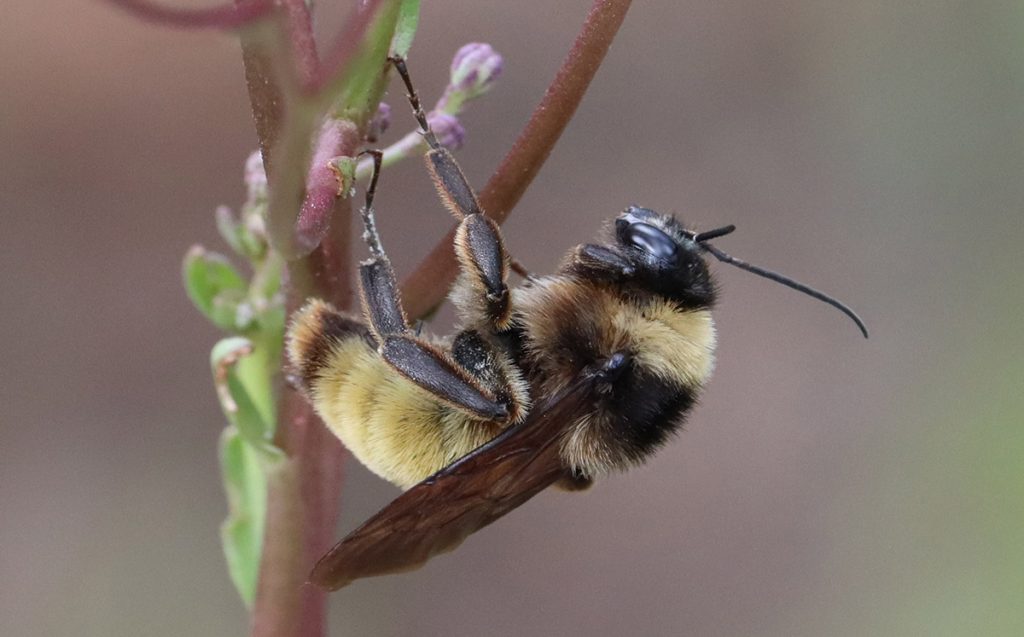
Bees of North Florida and South Georgia
We’ve collected photos of several common bee species, genera, and families that you might see in your yard. Our native bees range from gnat sized to large and conspicuous, and they come in various shapes and colors as well. Check out our bee gardening resource page for more information on making a habitat for native bees in your yard.
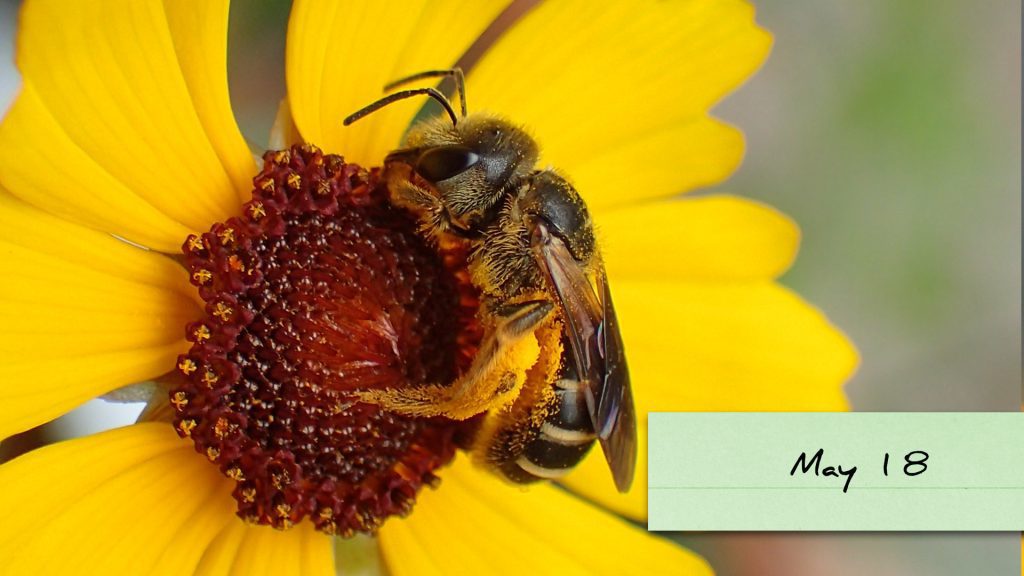
The Seasonality of Bees and Native Plants in North Florida
A timeline of native bees and the native plants that feed them, from season to season, in the Florida panhandle.
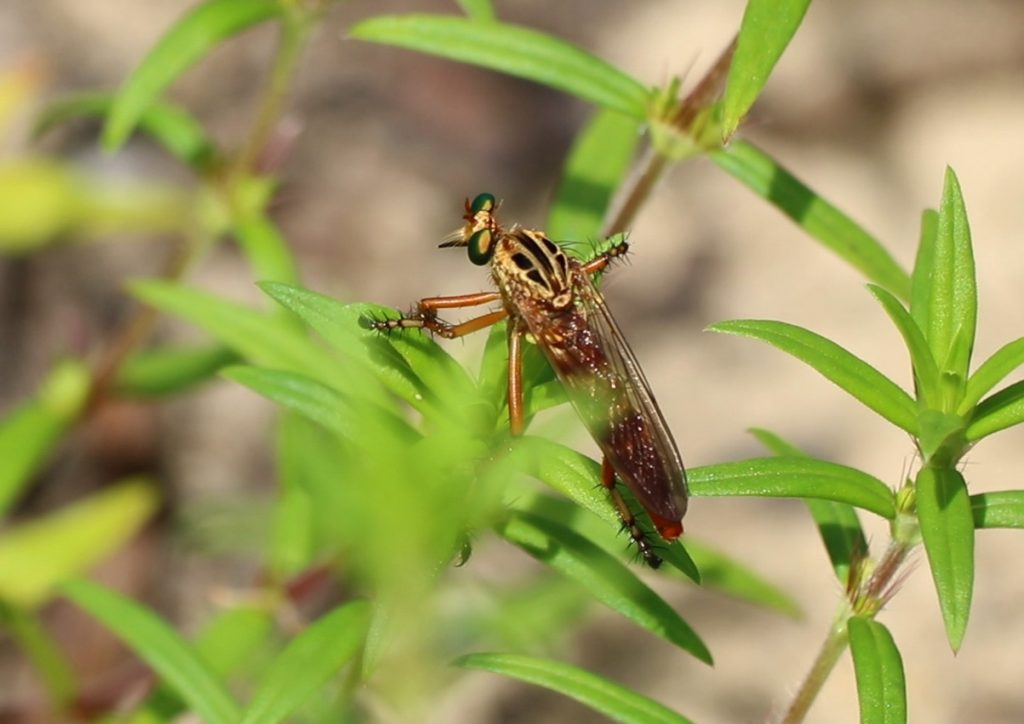
Flies of North Florida and South Georgia
A collection of photos from the fly family (Diptera), more than mosquitos and fruit flies, this family includes pollinators, predators, decomposers, and parasites.
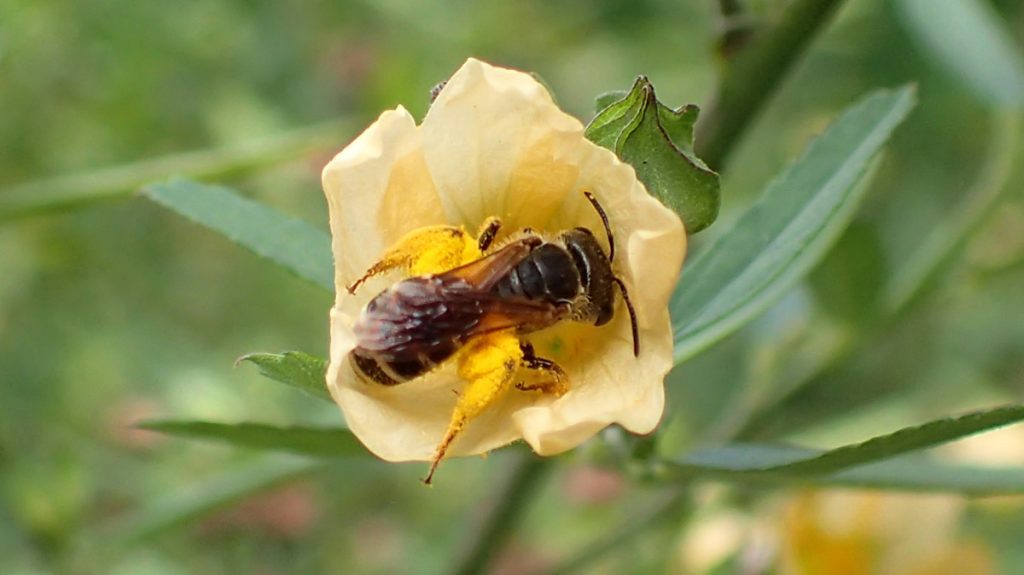
The Case for Weeds, Our Unsung Florida Native Plants
Many of the weeds growing in your yard are native plants with wildlife value. We share tips for identifying species and deciding whether to keep them.
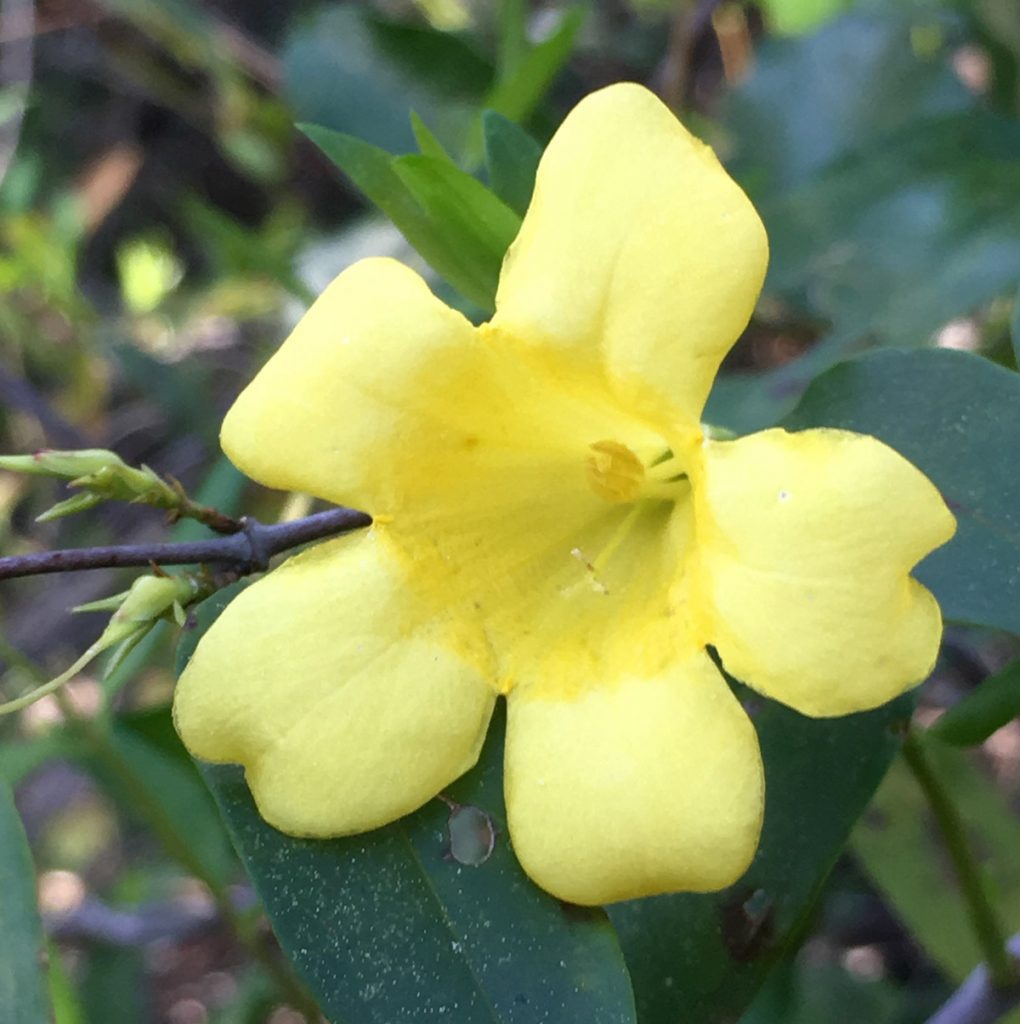
Woody Vines of North Florida
UF/ IFAS Leon County Horticulture Agent Mark Tancig walks us through several vine species that might be growing in your yard. Many have benefits as well as drawbacks- here is the information you need to decide what stays and what goes.
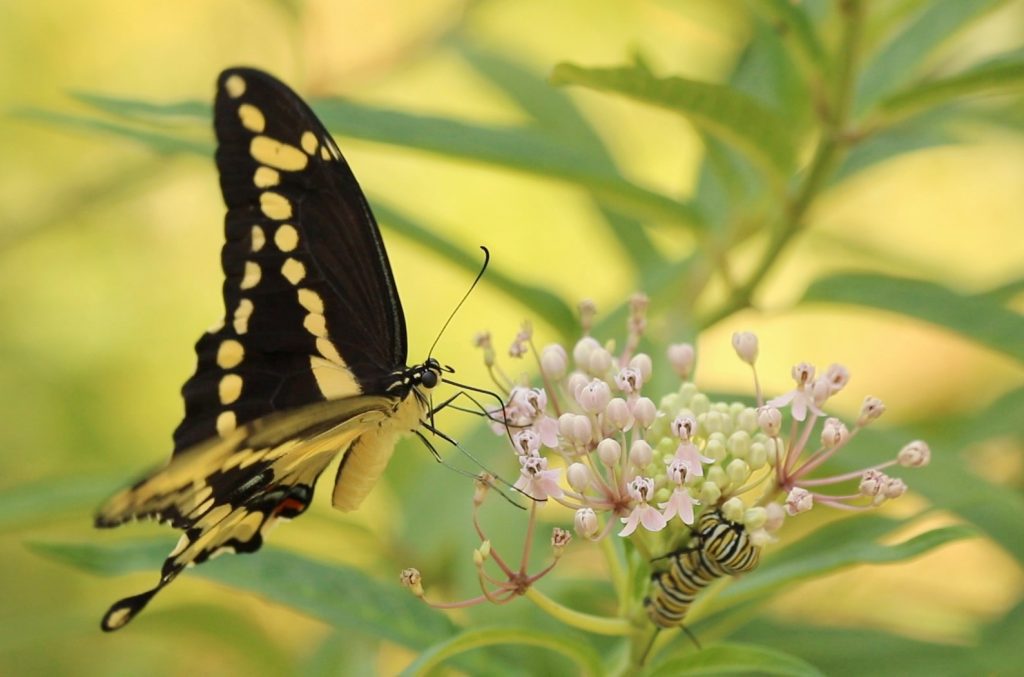
Four Butterfly Caterpillars You Can Easily Raise in North Florida
We look at the life cycles of four butterfly species, from egg to chrysalis to adult, as well as what larval food you need to plan to attract them.
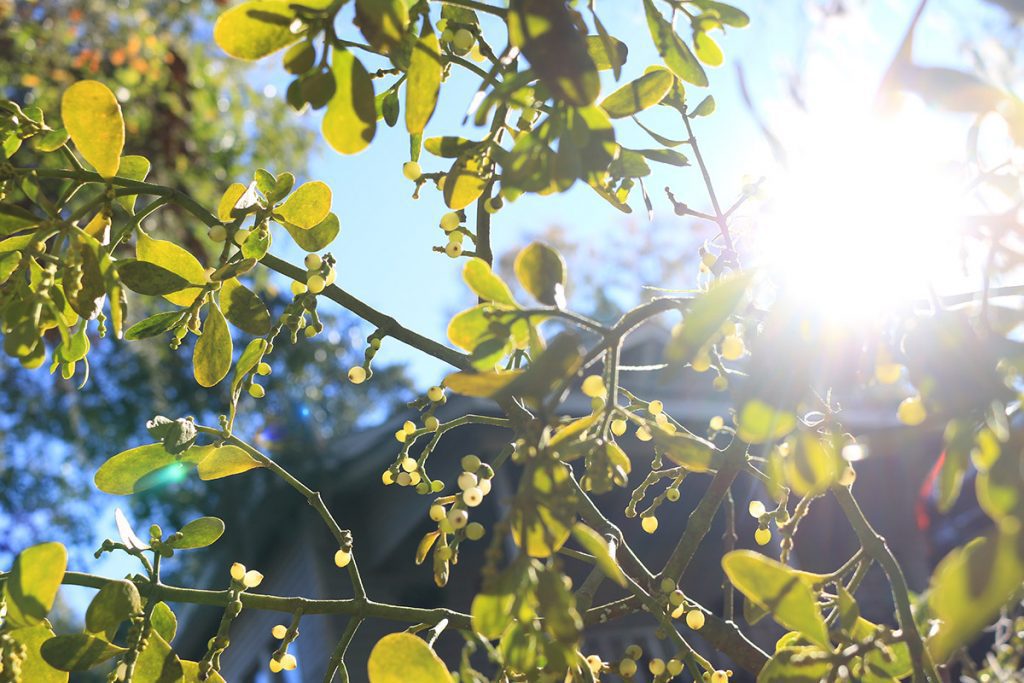
American Mistletoe
This icon of the winter season has a native species, which grows as a parasite on trees. But is it harmful?
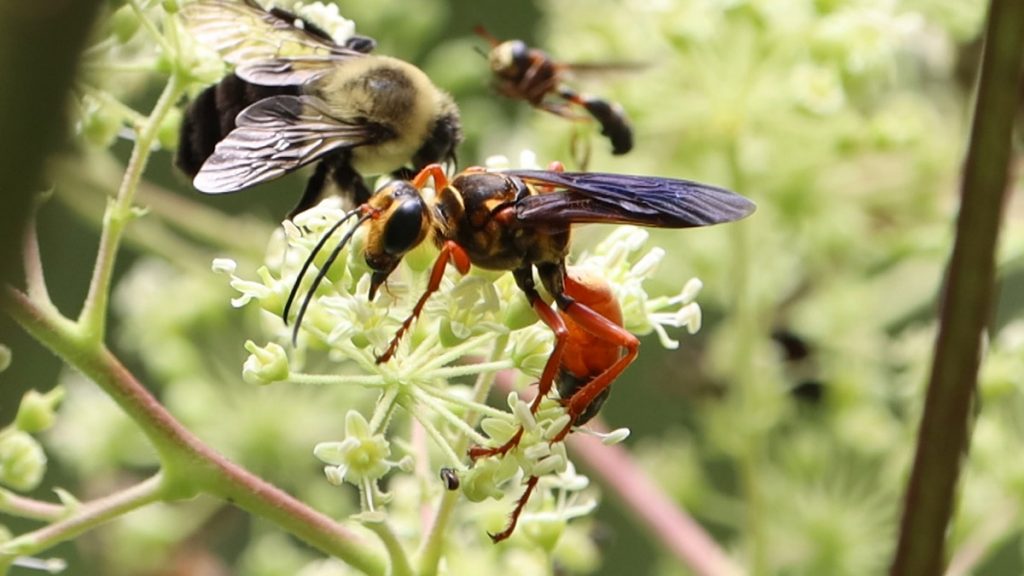
Devil’s Walkingstick
For a few weeks in the summer, this plant swarms with dozens of pollinator species. We have tips on incorporating this into your backyard habitat.

